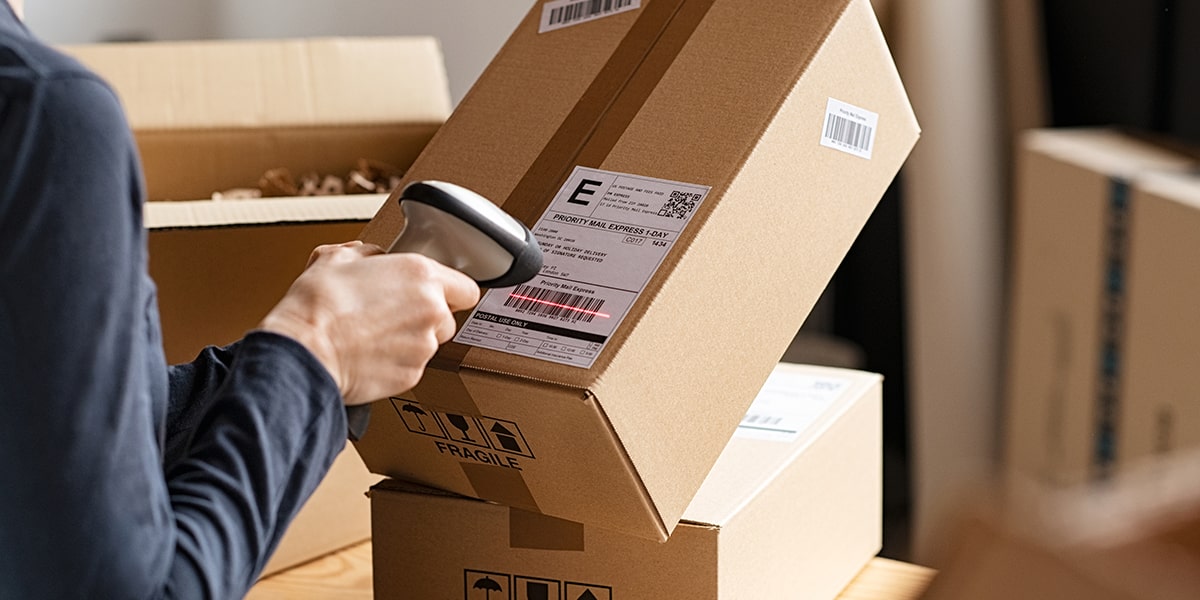EU Regulation 1935/2004 Compliance Testing Validation Method Development Test
The European Union's Regulation (EC) No. 1935/2004 sets stringent requirements for the materials and components that come into direct contact with foodstuffs, including packaging, containers, and utensils used in food processing or storage. This regulation aims to ensure that these products do not transfer harmful substances into food, thereby safeguarding public health.
The scope of this regulation includes a wide range of materials such as plastics, metals, ceramics, textiles, and more. It applies to any product or part thereof that is in direct contact with food, including packaging used for food storage, transport, and sale. Compliance testing under Regulation 1935/2004 involves rigorous analysis to ensure that the materials do not contain hazardous substances like lead, cadmium, or other heavy metals.
The validation method development test is a critical component of ensuring compliance with this regulation. This process involves developing, validating, and implementing testing methods tailored specifically for each material type. The goal is to establish robust protocols that can accurately assess the migration of chemicals from packaging into food. These tests are essential in confirming that all products meet the stringent limits set forth by Regulation 1935/2004.
The validation process typically involves several key steps: initial method development, preliminary testing, optimization, and final validation. During this phase, laboratories must adhere to internationally recognized standards such as ISO, ASTM, or EN, ensuring consistency and reliability in the test results. The chosen methods should be validated for their accuracy, precision, and robustness under various conditions.
Once a suitable method is developed, it undergoes rigorous validation using certified reference materials and standard operating procedures (SOPs). This ensures that the testing process is repeatable and reproducible across different laboratories and personnel. The final step involves implementing the validated methods in routine compliance testing to monitor ongoing adherence to EU regulations.
Compliance with Regulation 1935/2004 is not just a legal requirement; it's also a critical factor in maintaining consumer trust and ensuring product safety. By adhering to these stringent standards, manufacturers can ensure that their products are safe for consumption while complying with the regulatory framework.
In summary, the EU Regulation 1935/2004 Compliance Testing Validation Method Development Test is essential for any company involved in packaging or food contact materials. It ensures that all products meet strict safety standards and protects both consumers and manufacturers from potential legal and reputational risks.
Industry Applications
| Application | Description |
|---|---|
| Packaging Materials | Testing for food contact materials like plastics, metals, and ceramics. |
| Container Design | Evaluating the safety of containers used in food packaging. |
| Utensil Manufacturing | Ensuring utensils that come into direct contact with food meet safety standards. |
| Pipeline Systems | Testing materials for pipelines used in food processing and distribution. |
| Plastic Film Production | Evaluating the safety of plastic films used in packaging. |
| Ceramic Vessels | Ensuring ceramics used in food storage meet regulatory requirements. |
| Tissue Paper Manufacturing | Testing tissue paper for use as food contact material. |
The testing methods developed under Regulation 1935/2004 are applicable across various industries, ensuring that all products in direct contact with food meet the highest safety standards. This comprehensive approach helps maintain consumer confidence and regulatory compliance.
Why Choose This Test
The EU Regulation 1935/2004 Compliance Testing Validation Method Development Test is essential for several reasons:
Consumer Protection: By ensuring that materials used in food packaging do not release harmful substances into food, this test protects public health. It helps prevent potential risks associated with ingestion of hazardous chemicals.
Legal Compliance: Adherence to EU regulations is mandatory for businesses operating within the European Union and its member states. Non-compliance can lead to severe penalties, including fines and product recalls.
Risk Management: Implementing this test helps identify potential risks early in the product development process. This proactive approach allows manufacturers to make necessary adjustments before products reach the market, reducing liability and associated costs.
Brand Reputation: Maintaining high standards of product safety enhances brand reputation and fosters consumer trust. A strong reputation is crucial for long-term business success.
Competitive Advantage: By ensuring compliance with international standards, companies can differentiate themselves in the market and attract discerning consumers who prioritize health and safety.
In conclusion, the EU Regulation 1935/2004 Compliance Testing Validation Method Development Test is not just a regulatory requirement but also a strategic investment in product quality and consumer trust. It provides peace of mind for manufacturers while ensuring compliance with stringent international standards.
International Acceptance and Recognition
The EU Regulation 1935/2004 Compliance Testing Validation Method Development Test is widely recognized and accepted across the European Union and beyond. Many countries around the world have adopted similar standards or align their regulations with EU directives to ensure consistency in food safety practices.
Companies involved in international trade benefit significantly from compliance with this regulation, as it facilitates smoother cross-border operations. By adhering to these standards, businesses can avoid costly delays and ensure that their products meet the requirements of multiple markets simultaneously.
The testing methods developed under Regulation 1935/2004 are recognized by numerous international bodies, including ISO, ASTM, and EN. These organizations provide certification and validation for laboratories performing this type of testing, ensuring high-quality standards across different regions.
Moreover, compliance with EU regulations often serves as a benchmark for other regulatory frameworks worldwide. This recognition enhances the credibility of test results and promotes trust among stakeholders in the global market.
In summary, the international acceptance and recognition of this test underscore its importance in ensuring food safety and maintaining high standards across different regions. By adhering to these rigorous testing protocols, companies can ensure that their products are safe for consumption while meeting regulatory requirements worldwide.





